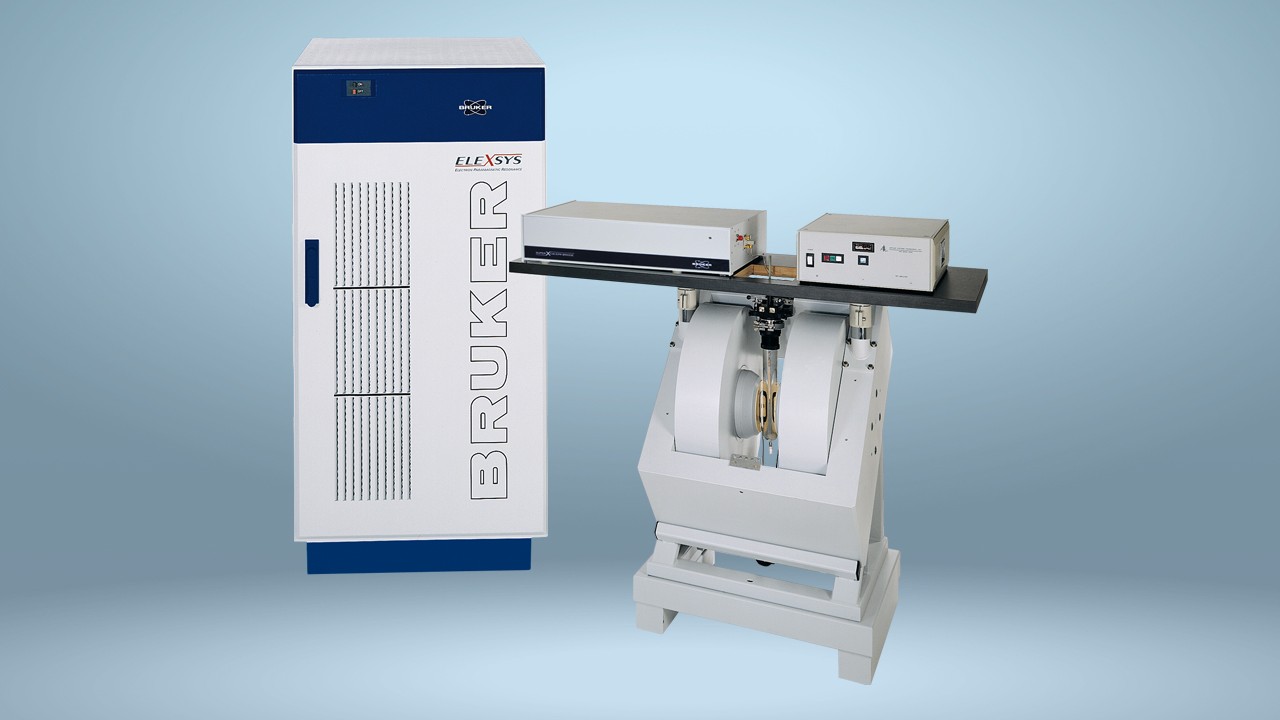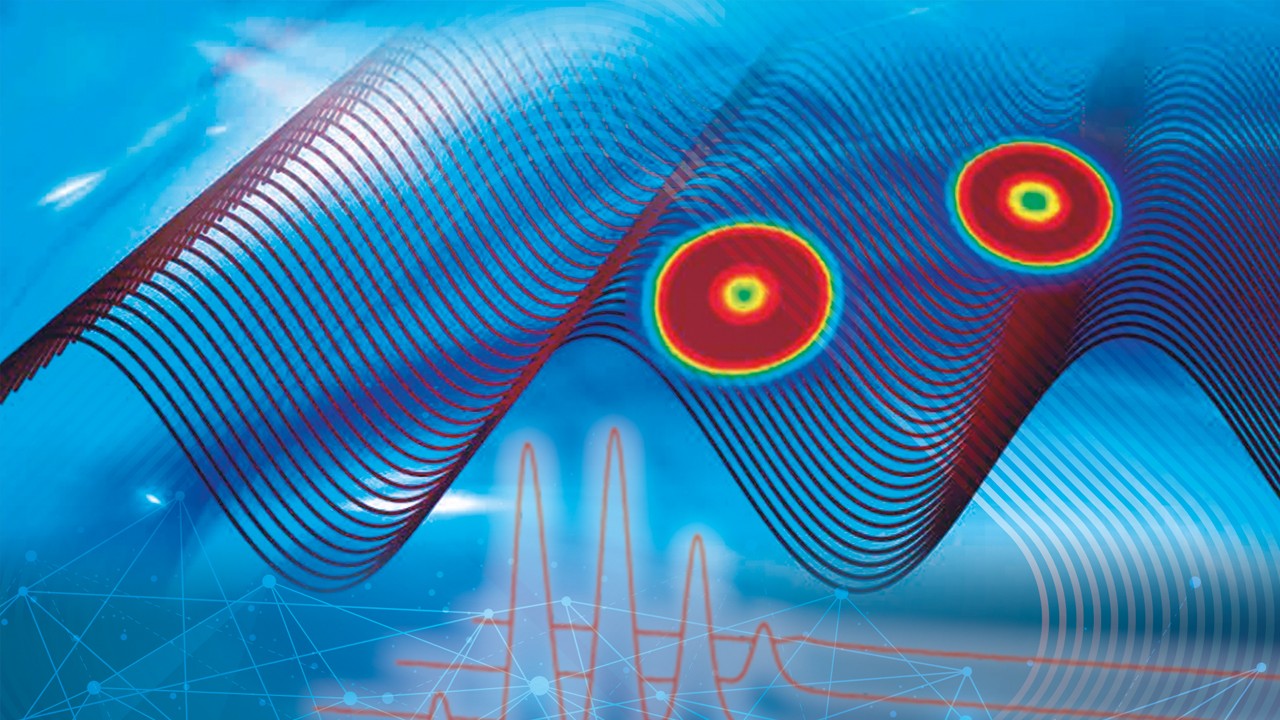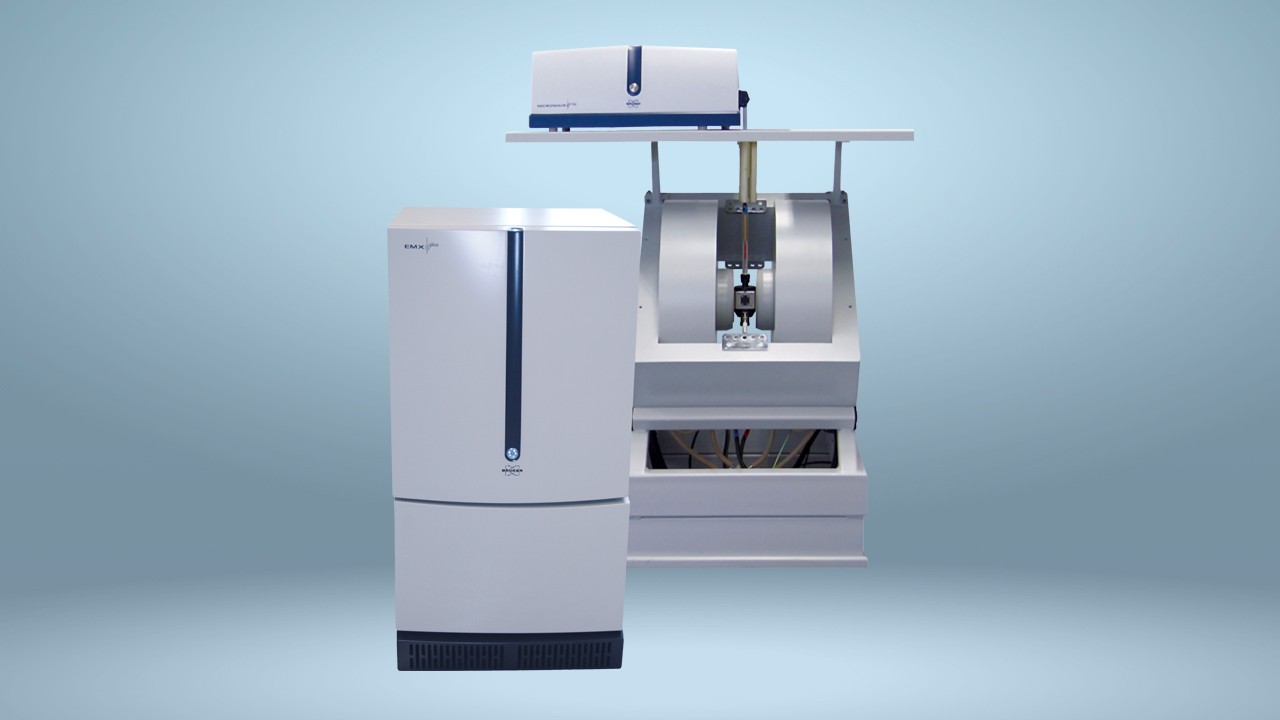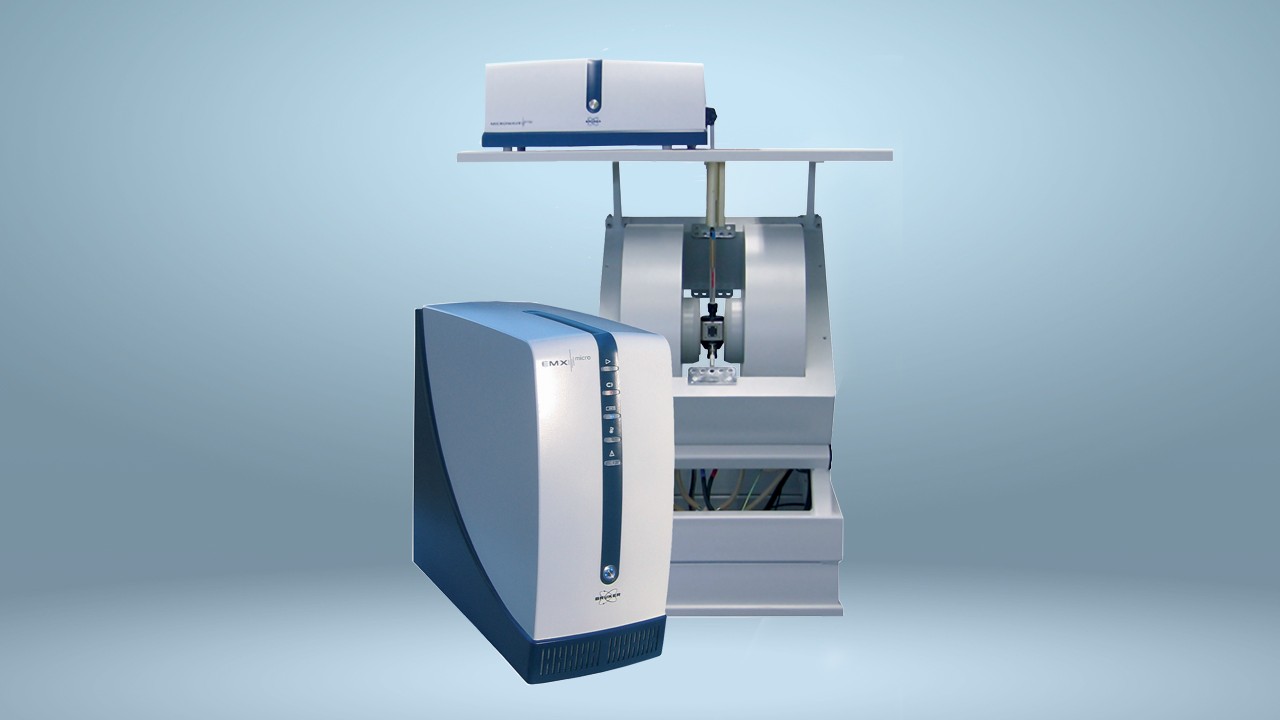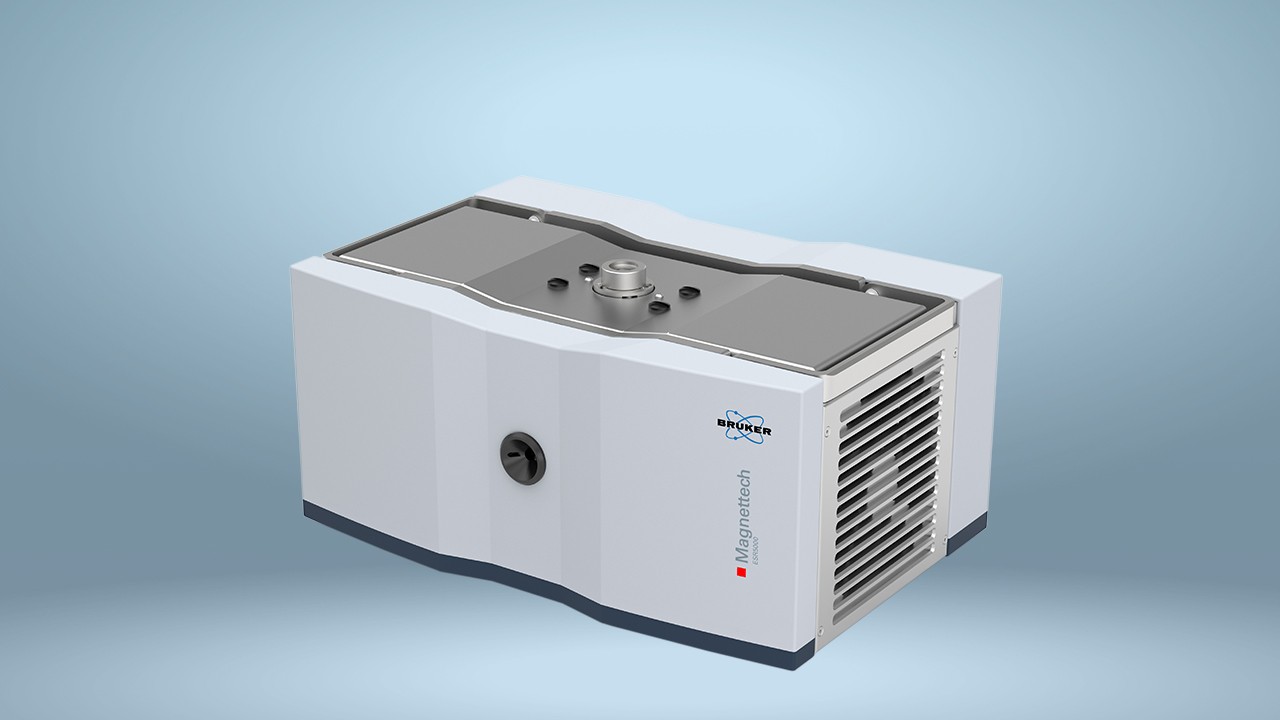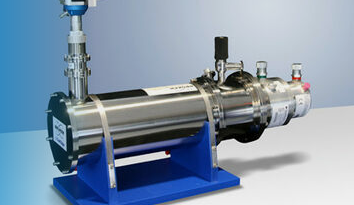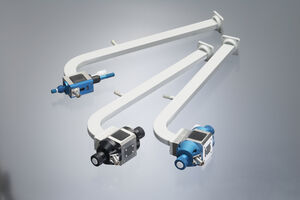EPR Instruments
For 80 years, EPR has been the non-destructive analytical technique at the forefront of molecular spectroscopy for the direct detection of paramagnetic species. Bruker's high-performance portfolio of EPR instruments enables identification and quantification of free radicals and transition metal ions in solids, liquids, gases, cells, and in vivo. Our advanced CW and Pulse EPR techniques provide valuable structural insights from the chemical structure to intermolecular interactions. Join us in celebrating 80 years of EPR and discover how our solutions can advance your research.
In 1944, Yevgeny Zavoisky, a Russian scientist at Kazan State University, discovered a groundbreaking new spectroscopic method for studying materials with unpaired electrons, which was subsequently named Electron Paramagnetic Resonance (EPR) spectroscopy. This discovery was a major breakthrough in the scientific community and paved the way for future developments in the field.
Fast forward to today, EPR has become an established method for studying materials with unpaired electrons, particularly useful for studying metal complexes and organic radicals. Researchers around the world use EPR to investigate a wide range of applications, including the study of protein structure and function, the development of new materials for electronics and energy storage, and the detection of free radicals in biological systems.
At Bruker, we have been at the forefront of EPR technology for over 60 years. Our founder's vision of creating the best and most advanced EPR spectrometers has driven us to introduce groundbreaking features and technologies for EPR. In 1967, we collaborated with Prof. John Weil, one of the most influential EPR researchers in the world, to deliver our first EPR instrument, the ER 420 series. Since then, we have developed and introduced many cutting-edge features and technologies for EPR, such as the ENDOR system, the pulsed Fourier Transform spectrometer, high-frequency EPR at 94 and 263 GHz. More recently we have introduced benchtop EPR, the Rapid-Scan accessory and the SpinJet arbitrary waveform generator.
As we approach the 80th anniversary of EPR in 2024, we are proud to continue our tradition of
excellence and innovation in EPR technology. We remain committed to supporting the EPR community with reliable and versatile solutions, helping researchers to further their discoveries and make new breakthroughs in the field.
The Many Applications of EPR
From cell membranes to nano-diamonds, EPR applications spread far and wide through many fields: chemistry, material research, life science, quantum physics, and quality control.
In electrochemistry, redox chemistry, photochemistry and catalysis, EPR can be used to study metal centers and radicals involved in chemical processes. Amongst the many areas in material science, applications include polymer synthesis, testing the purity of silicon in solar cells and characterization of nano-diamonds and diamond grading. In an industrial setting, EPR is used to monitor product stability, impurity profiles, degradation, flavor stability and shelf-life for quality and process control.
In structural biology EPR provides insight into structure, function and reaction mechanisms in enzymes, membrane proteins, RNA and DNA. Biomedical EPR applications include the detection of free radicals such as ROS and RNS to observe and evaluate oxidative stress and cell damage.
Bruker is the world's leading supplier of electron paramagnetic resonance spectrometer (EPR) systems with more than 50 years of experience. Bruker's EPR application scientists have expertise in all EPR techniques and experience covering the full range of fields where EPR is used. Our product lines include the research EPR product line ELEXSYS™, the compact EPR product lines EMXplus™ and EMXmicro™, the benchtop routine product line Magnettech ESR5000 and quality control product line microESR.
